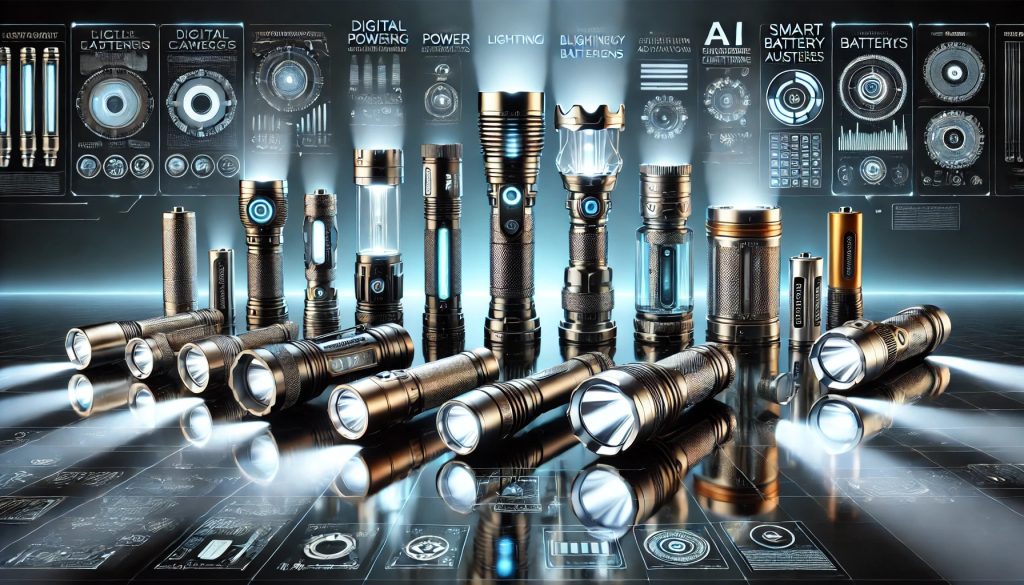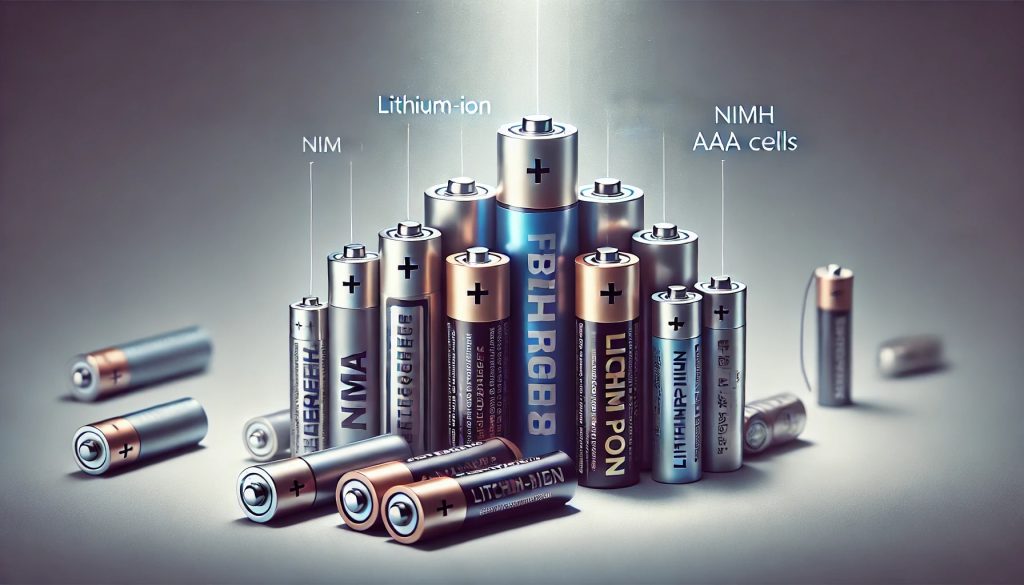When exploring the world of flashlight technology, one term consistently surfaces: lumens. Often prominently displayed in product descriptions, lumens are the key metric used to quantify the brightness of a flashlight. But what exactly do lumens in flashlights represent, and how does this measurement translate to real-world illumination? Understanding the science behind lumens in flashlights is crucial for making informed decisions when choosing a portable light source that meets your specific needs, whether for everyday tasks, outdoor adventures, or professional applications where reliable brightness is paramount.
The Fundamentals: What Exactly Are Lumens?
In the realm of physics, a lumen (lm) is the SI derived unit of luminous flux, a measure of the total quantity of visible light emitted by a source per unit of time. 1 Essentially, lumens in flashlights tell you the total amount of light that the flashlight produces in all directions. Think of it as the “brightness potential” of the light source. The higher the lumen rating, the greater the total light output. Source : led-light-canada.ca
It’s important to distinguish lumens from other lighting terms you might encounter:
- Candela (cd): Measures luminous intensity, which is the amount of light emitted by a source in a specific direction. Candela is more relevant for understanding the “throw” or reach of a flashlight’s beam.
- Lux (lx): Measures illuminance, which is the amount of light falling on a specific surface area. Lux depends on both the lumen output of the source and the distance from the source.
While candela and lux are important for a complete understanding of a flashlight’s performance, lumens in flashlights provide the most direct indication of its overall brightness.
The Role of Lumens in Flashlight Technology
The pursuit of higher lumens in flashlights has been a driving force in the evolution of flashlight technology. Advancements in LED efficiency and battery power, as discussed in our article on “The Future is Bright: How High-Performance Batteries are Revolutionizing Flashlight Technology,” have enabled manufacturers to produce increasingly brighter flashlights in more compact and energy-efficient designs.
Here’s why understanding lumens in flashlights is crucial:
- Comparing Brightness: Lumens provide a standardized way to compare the overall brightness of different flashlights. A flashlight rated at 1000 lumens will generally produce significantly more total light than one rated at 300 lumens.
- Matching Brightness to Task: Different activities require different levels of brightness. Understanding lumen outputs helps you choose a flashlight appropriate for your needs. For example, a low lumen flashlight might be sufficient for reading in a tent, while a high lumen flashlight is essential for navigating dark trails or for search and rescue operations.
- Battery Life Considerations: Higher lumen outputs typically require more power, which can impact battery life. Understanding the lumen output of a flashlight helps you anticipate its runtime on a given battery. Many modern flashlights offer multiple brightness levels, allowing you to balance brightness and battery life.
The ideal number of lumens in flashlights depends heavily on the intended use:
- Everyday Carry (EDC): For general tasks around the house, finding dropped items, or short walks at night, a flashlight with 100-500 lumens is often sufficient.
- Outdoor Activities (Hiking, Camping): For navigating trails, setting up camp, or dealing with unexpected situations in the outdoors, a flashlight with 500-1000 lumens or more is generally recommended for better visibility and safety.
- Security and Tactical Use: Tactical flashlights often boast outputs of 1000 lumens and above, providing intense light for identification, temporary disorientation, and searching large areas.
- Search and Rescue: In critical situations where maximum visibility over long distances is crucial, flashlights with several thousand lumens may be necessary.
Keep in mind that perceived brightness can also be influenced by the flashlight’s reflector design, which affects the focus and throw of the beam (candela). A highly focused beam with lower lumens might appear brighter at a distance than a wide flood beam with higher lumens.
The Importance of ANSI Standards
To ensure a degree of consistency and reliability in lumen ratings, many reputable flashlight manufacturers adhere to the ANSI/PLATO FL1 standard. This standard provides guidelines for measuring and reporting flashlight performance metrics, including lumen output, beam distance, peak beam intensity (candela), runtime, and water resistance. When comparing flashlights, looking for the ANSI FL1 logo or specifications can provide a more accurate basis for comparison.
Beyond the Numbers: Experiencing Flashlight Brightness
While lumen ratings provide a quantitative measure of brightness, the actual experience of using a flashlight can be subjective and influenced by factors like beam profile, color temperature of the light, and the user’s vision. However, understanding lumens in flashlights remains the fundamental starting point for choosing a light that will effectively illuminate your way.
Conclusion: Illuminating Your Choices with Lumen Knowledge
Grasping the science behind lumens in flashlights is a key step in becoming an informed consumer of flashlight technology. By understanding what lumens represent and how different lumen outputs relate to various applications, you can confidently select a flashlight that provides the right level of brightness for your specific needs. Whether you require a subtle glow for close-up tasks or a powerful beam to pierce the darkness, knowledge of lumens will help you decode the brightness and choose the perfect light to illuminate your path.


